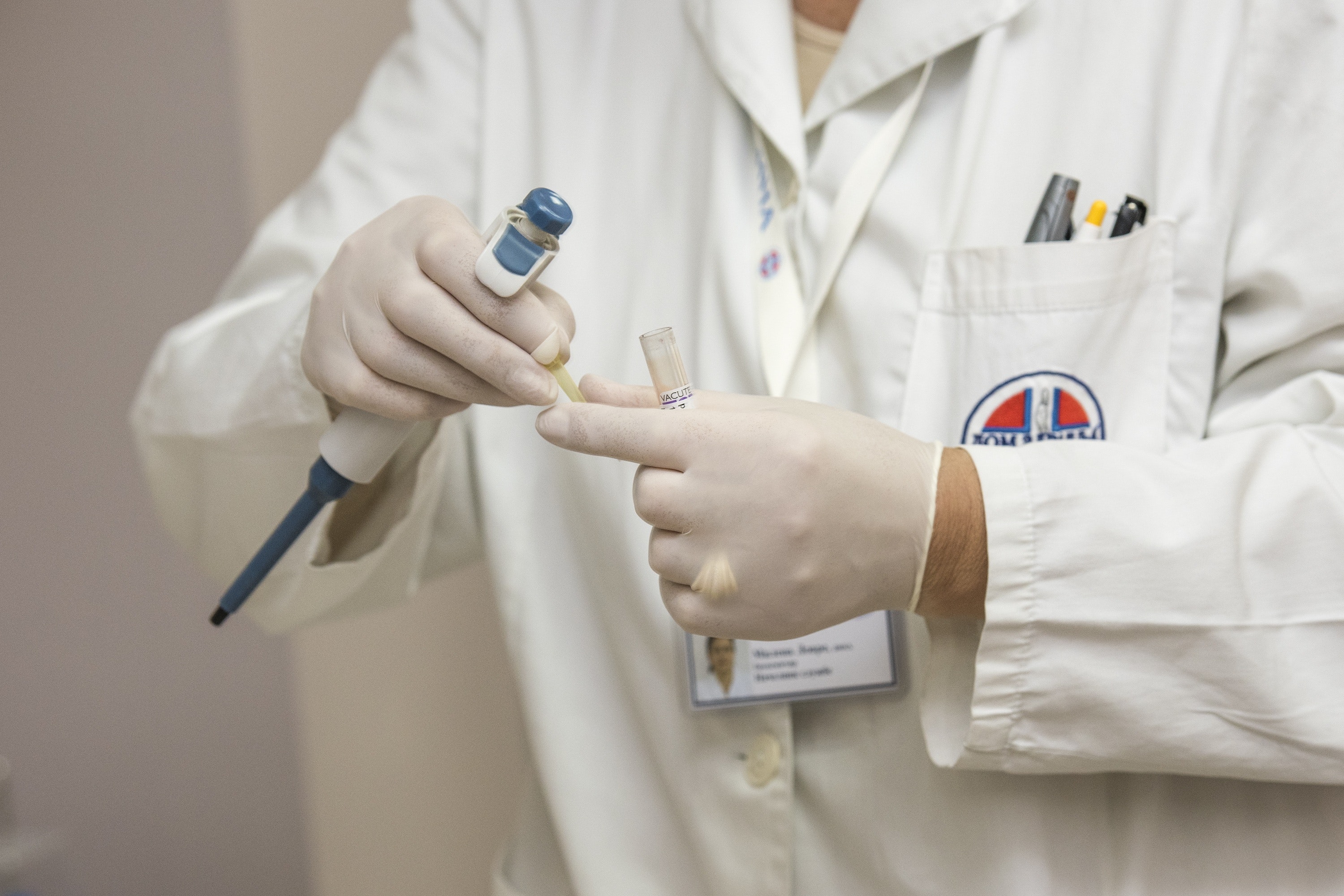Sexually transmitted diseases (or STDs) are an awkward subject for a lot of people to talk about, and many patients tend to feel anxious or embarrassed to ask their doctors about them. But as doctors, our jobs are to keep you as healthy as we possibly can, and we can’t do that unless we’re well informed about what’s going on in your body.
And this might surprise you, but a great deal of STD skin care falls under the jurisdiction of dermatologists like myself, because a lot of STDs have symptoms that include unsightly reactions.
The most common STDs that dermatologists end up addressing are herpes simplex virus (HSV), genital warts, syphilis, and chlamydia. It’s important to have a basic idea of what these STDs look like so that you know when to seek medical attention.
- Herpes simplex virus (HSV) creates painful, unattractive sores on the genitals and mouth. The challenging thing about HSV is that can be transmitted even when you don’t have active sores. This is why suppressive therapy may be necessary. Common places to find HSV are on the mouth (most common and not necessarily sexually related), on the genitals (may be transmitted from oral sex, as well as sexual intercourse), and on the buttocks (often transmitted from spooning after sex).
- Genital warts are (generally) painless, non-itchy, small, flesh colored bumps induced by HPV. Sometimes larger cauliflower-like growths may appear. HPV can cause cervical cancer in women, and penile or anal cancer, so it’s important to have HPV treated.
- Syphilis causes big, open sores on the lips, mouth, and tongue and if left untreated can develop into a red rash all over the body.
- Chlamydia may manifest itself as vaginal discharge, pain during urination, or genital inflammation — but it can also turn into a form of pink eye and cause permanent sight loss if left untreated.
The most important things to know when it comes to STDs is that they are serious diseases that absolutely require professional medical attention. Do NOT try to self-treat or medicate STDs, and if you suspect you have an STD do NOT ignore the symptoms, because the longer you wait to address them, the more damage they can do to your body.
And any serious doctor will heavily encourage the use of condoms as a preventative measure. While some people are allergic to latex and the more popular materials, there are low cost-effective alternatives for everyone.
Dermatologists both diagnose and treat STDs. Bacterial STDs are treated with antibiotics and while viral STDs can’t be cured, the symptoms can be managed with medication.
Again, I highly advise consulting a board-certified dermatologist if you suspect you have an STD.


